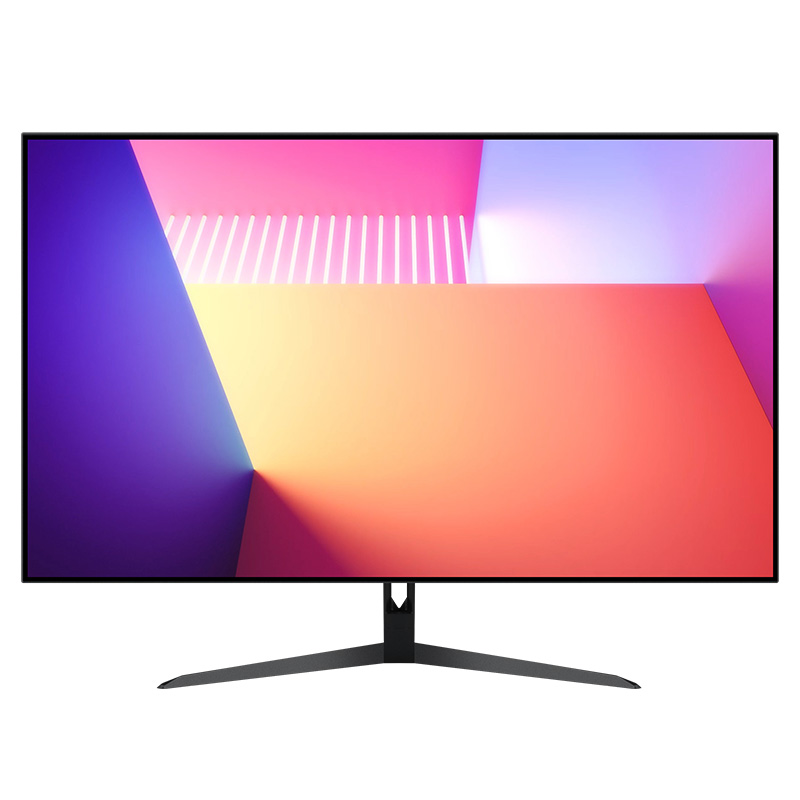Commercial Monitors: The Backbone of Business Display Solutions
2025-02-11
In today’s digital world, high-quality displays are essential for businesses across various industries. Commercial monitors have become a crucial tool for enhancing productivity, communication, and customer engagement. Designed for continuous operation and superior performance, these monitors are built to handle demanding business environments, offering better durability, reliability, and advanced features compared to consumer-grade screens.
What Are Commercial Monitors?
Commercial monitors are professional-grade displays designed for business use. Unlike standard consumer monitors, they are engineered for long hours of operation, often featuring rugged construction, higher brightness levels, and advanced connectivity options. These monitors are widely used in retail, corporate offices, healthcare, hospitality, and industrial settings, where clear visuals and durability are essential.
Key Features of Commercial Monitors
1. Durability and Longevity
Unlike consumer monitors, which are designed for home use and limited daily operation, commercial monitors are built for 24/7 performance. They use industrial-grade components that resist wear and tear, making them ideal for high-traffic environments like retail stores and control rooms.
2. Higher Brightness and Anti-Glare Screens
Commercial monitors typically offer higher brightness levels, ensuring visibility in well-lit environments. This is especially useful for digital signage, restaurants, and outdoor kiosks, where natural light can affect screen readability. Many models also come with anti-glare and matte coatings to reduce reflections and improve visibility.
3. Advanced Connectivity and Integration
Businesses require multiple connectivity options for seamless integration with various devices. Commercial monitors often include HDMI, DisplayPort, USB, and LAN ports, making them compatible with computers, media players, and content management systems. Some models also support wireless connectivity and remote management, allowing businesses to update content remotely.
4. Enhanced Customization and Control
Many commercial monitors come with built-in software and remote management features that allow users to schedule content, adjust display settings, and monitor performance from a central location. This feature is essential for digital signage networks in retail, airports, and corporate offices.
5. Touchscreen and Interactive Capabilities
Businesses looking to enhance customer engagement can opt for touchscreen commercial monitors. These interactive displays are widely used in self-service kiosks, education, healthcare, and hospitality, where users can navigate menus, input data, or access information with ease.
6. Energy Efficiency and Cost Savings
Many commercial monitors feature power-saving modes and energy-efficient technology to reduce electricity costs. They comply with energy standards such as Energy Star and TCO Certification, ensuring lower operational costs while maintaining high performance.
Applications of Commercial Monitors
1. Retail and Digital Signage
Commercial monitors are widely used in retail stores for advertising promotions, displaying product information, and creating interactive shopping experiences. High-brightness displays ensure that content remains clear and engaging, even in bright environments.
2. Corporate Offices and Conference Rooms
In business environments, commercial monitors are essential for presentations, video conferencing, and collaborative meetings. Large-format displays with 4K resolution and smart connectivity enhance productivity and communication.
3. Healthcare and Medical Facilities
In hospitals and clinics, medical-grade commercial monitors are used for patient monitoring, digital imaging, and telemedicine applications. These screens offer precise color accuracy and reliability, which are crucial for medical diagnostics.
4. Hospitality and Entertainment
Hotels, restaurants, and entertainment venues use commercial monitors for menu boards, information kiosks, and customer engagement displays. Their durability and ease of content management make them a cost-effective solution for dynamic environments.
5. Industrial and Control Rooms
In manufacturing plants and security monitoring centers, commercial monitors display real-time data, surveillance footage, and operational metrics. Their ability to run continuously ensures that businesses can monitor operations without downtime.
Choosing the Right Commercial Monitor
When selecting a commercial monitor, businesses should consider:
- Screen Size and Resolution: Larger displays and 4K resolution provide better visibility for presentations and signage.
- Mounting Options: Wall-mounted, freestanding, or ceiling-mounted options should match the intended use case.
- Touchscreen vs. Non-Touchscreen: Interactive displays are ideal for kiosks, while non-touch models work well for signage and presentations.
- Operating System Compatibility: Some commercial monitors come with built-in Android or Windows platforms for easy integration.
Conclusion
Commercial monitors have become an essential part of modern business operations, providing high-quality visuals, long-term durability, and advanced features tailored for professional use. Whether used for digital signage, corporate communication, healthcare applications, or industrial monitoring, these monitors offer unmatched reliability and performance. Investing in a commercial-grade display ensures businesses can effectively engage customers, enhance productivity, and maintain seamless operations in any industry.



